Amazon Echo Plus review: Alexa, is this all you've got?
It sounds better, but it’s not a huge step forward.

Amazon's new $100 Echo is a disappointment for anyone looking to upgrade from the original model. Sure, it's nearly half the price, but its sound quality is also significantly worse. With that in mind, the $150 Echo Plus seems like a far better successor on paper. It features better speakers and a built-in smart home hub. It's still not a must-have upgrade -- a testament to how much Amazon got right at the beginning -- but at least it offers some improvements over its predecessor.
Hardware
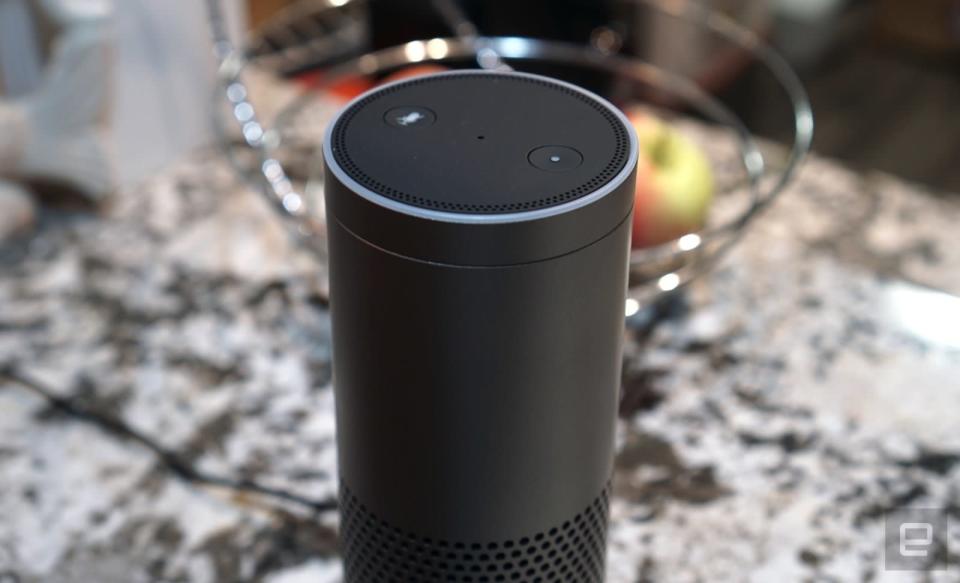
You won't find any surprises with the Echo Plus's design. It features the same tall, cylindrical shape as the first model, except it has a metallic gray finish instead of matte black. The volume control dial makes a return, and it has buttons for muting the microphone and issuing voice commands (or "actions") on top. There is one useful addition, though: It has a line-out auxiliary port, which lets you hook it up to a larger speaker or an audio receiver.
Amazon's big pitch with both of its new Echo models was better sound, thanks to a new speaker design. The cheaper model didn't live up to those claims, unfortunately. With the Echo Plus, though, you definitely get a slight bump in audio quality. It features a 2.5-inch woofer and a 0.8-inch tweeter -- a surprising configuration, since the original had a 2-inch tweeter, and normally I expect bigger speakers to deliver better sound.
In use
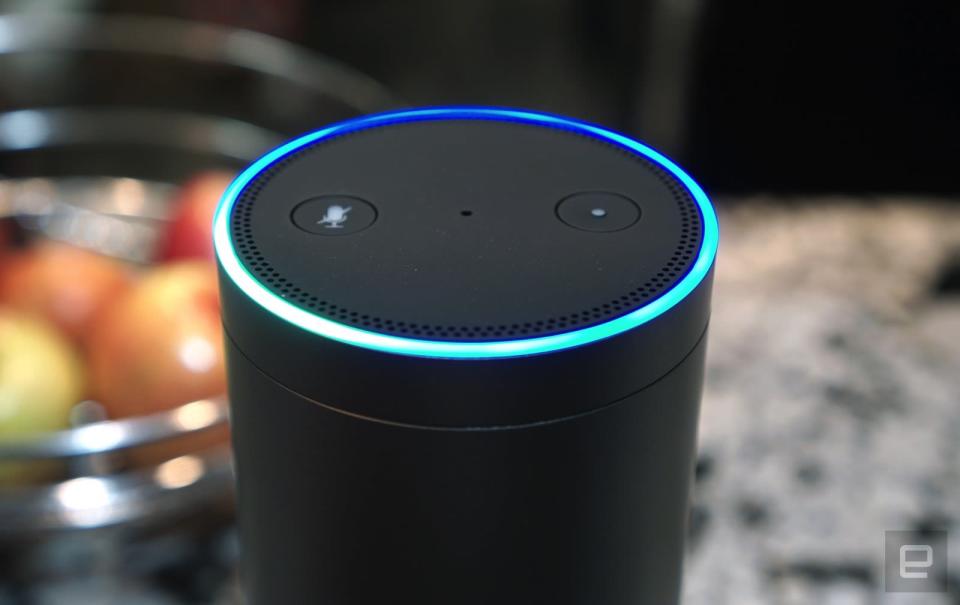
Configuring the Echo Plus takes a few minutes with the Alexa app. After joining the speaker's WiFi setup network, you just have to select your wireless network, plug in your security details, and you're good to go. If you're not familiar with the Alexa app, it's where you go to manage just about everything for Amazon's virtual assistant. You can find and configure skills, as well as see a history of your commands.
Once it's up and running, the Echo Plus works like Amazon's other smart speakers. You just have to say "Alexa" and then issue a command -- for example, "What's the weather?" You can also ask it to relay things like the news, or just play some music. Naturally, it'll have access to tunes from your Amazon Music library, as well as Prime Music, if you're a subscriber. Alexa can also connect to other services, like Spotify, Pandora and TuneIn.
So what does the Echo Plus offer that its smaller sibling doesn't? For one, it sounds much better. Engadget's review editor, Cherlynn Low, and I could instantly hear the difference between the two speakers while playing the Weekend's "In the Night." The song's bass-heavy opening notes felt flat and lifeless with the Echo, while the Plus delivered some noticeable thump (it actually shook the table a bit). The rest of the track also sounded crisper and more detailed.
The differences with the original Echo are a bit more subtle. At first, I didn't hear a significant difference between the two when playing my local NPR station on TuneIn, or during podcasts. When it came to music, though, the Echo Plus has a slight edge. Its bass output is more defined, and vocals and high-end notes felt more detailed too. While it doesn't sound anywhere near as good as the Harmon Kardon Invoke or the Alexa-powered Sonos One, the Echo Plus is better than the original for rocking out occasionally.
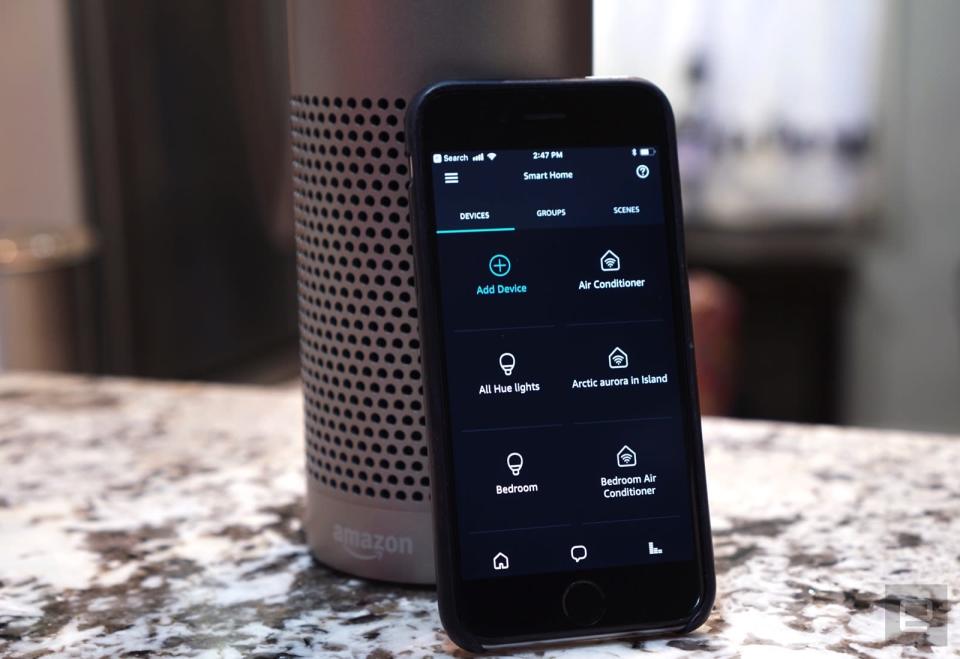
While Amazon made a big deal out of the speaker's integrated smart home capabilities, there's plenty of room for improvement. Setting up new devices is relatively simple: I plugged in two Hue bulbs and asked Alexa to "discover devices," and the speaker automatically labeled them "first light" and "second light." I figured out which was which by asking the speaker to turn one off. After that, I gave them more descriptive names in the Alexa app.
When it comes to controlling smart devices, though, Amazon's software feels very basic. There's no way to control individual color settings for multicolored Hue lights, for example. That's something the official Hue app handles easily. Strangely enough, you can control color settings with voice commands, but that's not always the most convenient method.
Another issue? The Echo Plus supports only the Zigbee protocol, while any standalone smart hub worth its salt offers several standards, like Z-Wave and Lutron Clear Connect. Amazon deserves credit for trying to simplify the confusing world of smart hubs, especially since there still isn't a definitive best option for most consumers.
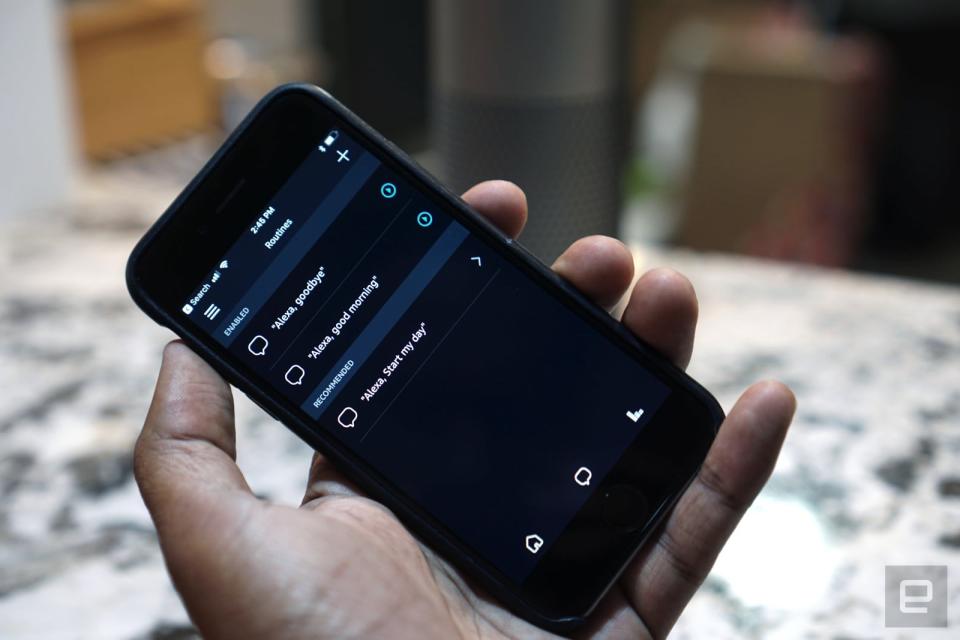
While it's too late to add support for new standards, Amazon could make the Alexa app and the Echo Plus more capable down the line. It took the company around six months to make the original speaker's voice commands useful, and it steadily added new features after that. For example, Amazon just unveiled Routines for Alexa, which lets you tie together several different smart home actions. I found it helpful for turning on my living room lights and reading the weather in the morning. But, just as we noted in the Echo review, it's very limited so far. You can't start playing music or tune to a radio station in a routine, for example.
The competition
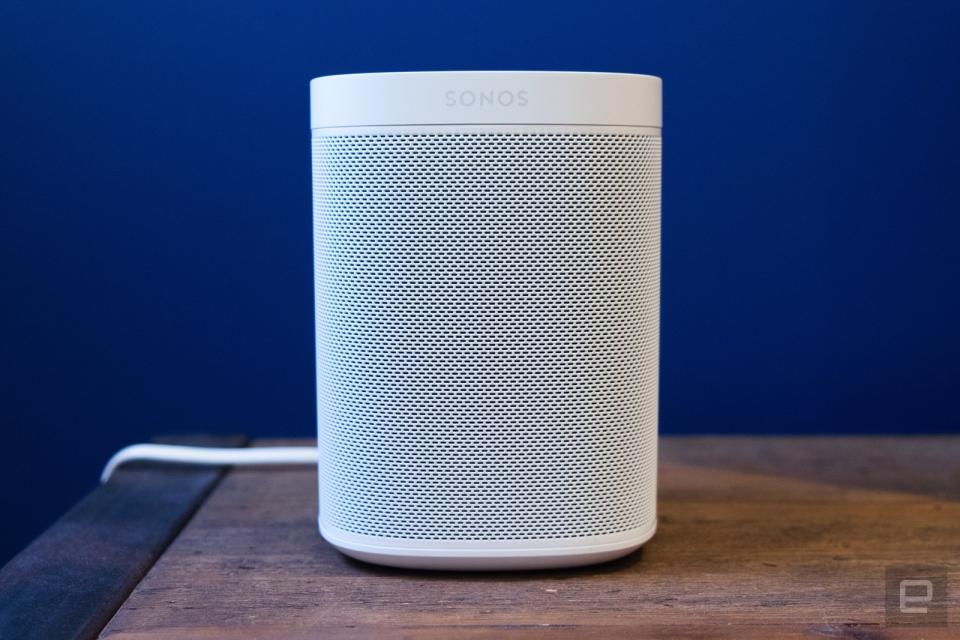
The $150 Echo Plus is in a curious spot when compared with the other smart speakers out there. Amazon's $100 model makes more sense for anyone just dipping their toes into the Alexa ecosystem. And if you're looking for the best sound quality, you're better off with the $199 Sonos One.
Of course, your choice of smart speaker also depends on the other ecosystems in your home. If you're a diehard Android user, it makes more sense to look into the $130 Google Home, which sounds better than the Echo and sports Google Assistant. Apple fanatics, meanwhile, might want to hold out for the $349 HomePod. It's expensive, but, based on our brief hands-on, it sounds great.
Wrap-up
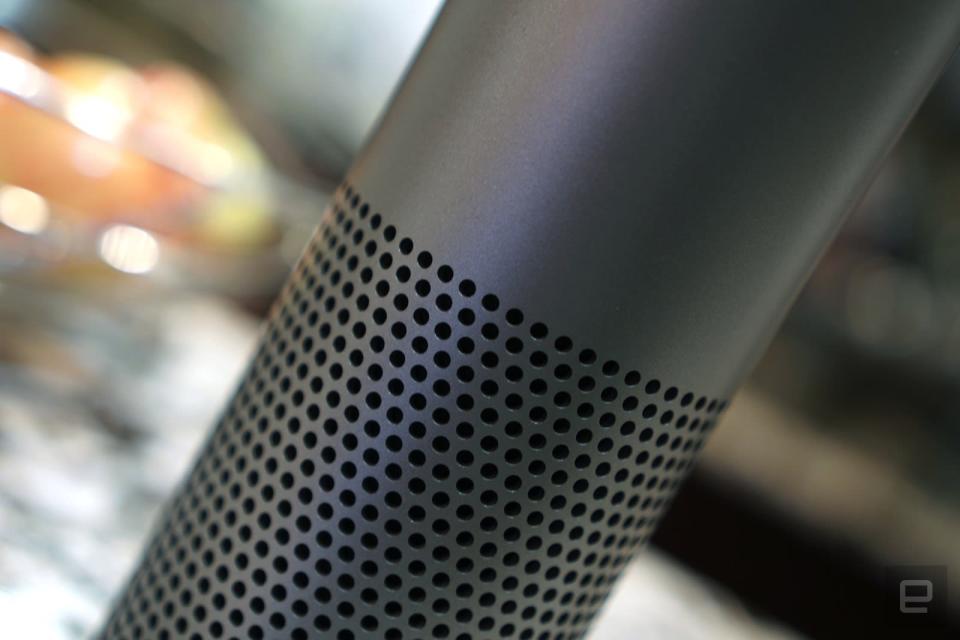
In many ways, the Echo Plus feels like the true successor to the device that kicked off the whole smart speaker trend. But aside from a slight bump in sound quality and semi-useful smart hub integration, there's not much separating the two. It's pretty clear that Amazon's main focus is on making its Alexa ecosystem cheaper, rather than taking any major risks. But then, that's what partners like Sonos are for.












